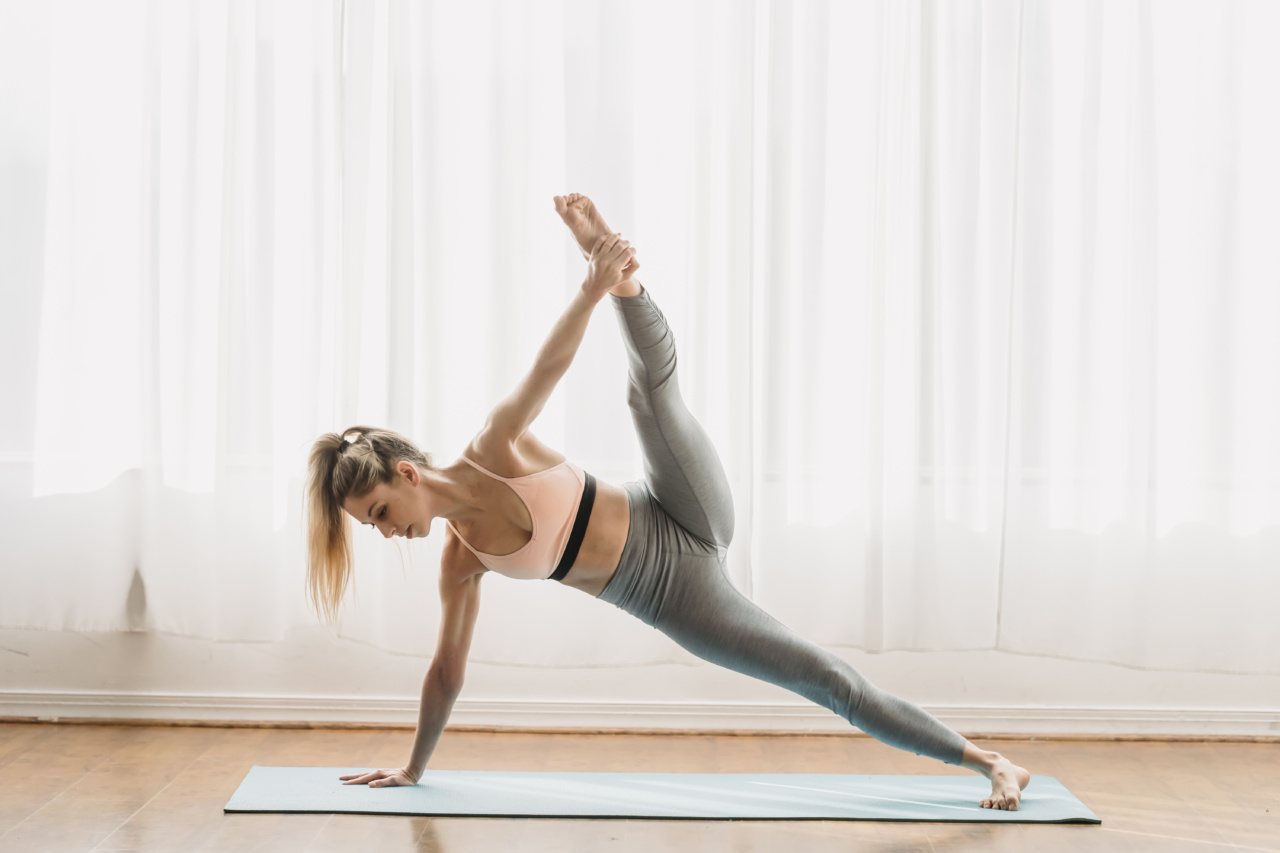Parkinson’s disease is a progressive neurological disorder that is characterized by trembling and stiffness of limbs, slow movements, and difficulty with balance and coordination.
It affects millions of people around the world, and there is currently no cure for the disease. However, a new innovative device has recently been developed that allows for Parkinson’s balance recovery.
The Problem with Parkinson’s Disease
Parkinson’s disease is caused by a loss of neurons in the brain that produce the neurotransmitter dopamine.
This loss of dopamine, in turn, disrupts the communication between the brain and the body, leading to the symptoms of Parkinson’s disease.
One of the most debilitating symptoms of Parkinson’s is difficulty with balance and coordination. As the disease progresses, patients are at an increased risk of falling, which can lead to serious injury or worse.
Current treatments for Parkinson’s disease focus on managing symptoms, but there is currently no cure or therapy that can reverse the damage caused by the disease.
The Innovative Device
The device that allows for Parkinson’s balance recovery is called the BalanceWear® Vest.
It was developed by a physical therapist named Cindy Gibson-Horn, who experienced a personal connection to Parkinson’s disease when her father was diagnosed with the condition.
The BalanceWear® Vest is a wearable device that is designed to help with balance and stability. The vest is fitted with a strategically placed weight system that is customized for each individual patient.
The weight system is designed to shift the patient’s center of gravity, which helps to improve their balance and stability.
The BalanceWear® Vest is made from lightweight, breathable material, and it is easy to put on and take off. Patients can wear the vest throughout the day, whether they are at home, at work, or out and about.
It is a non-invasive, drug-free treatment option that has shown promising results in clinical studies.
Clinical Studies
Studies have shown that the BalanceWear® Vest can be an effective therapy for patients with Parkinson’s disease.
One study, conducted by the University of North Carolina, found that patients who wore the vest experienced significant improvements in balance and stability. The study also found that patients who wore the vest were less likely to fall and had better overall quality of life compared to those who did not wear the vest.
Another study, conducted by Loma Linda University, found that patients who wore the BalanceWear® Vest had improved gait speed, stride length, and step length.
These improvements are important because they are associated with better overall mobility and decreased risk of falls.
How the BalanceWear® Vest Works
The BalanceWear® Vest works by shifting the patient’s center of gravity. This, in turn, stimulates the sensory system and helps to improve balance and stability.
By wearing the vest, patients are able to receive constant input to their sensory system, which can help to retrain the brain and improve motor function.
The vest is customized for each patient, based on their unique needs. The weight system is strategically placed to provide the patient with the optimal amount of stimulation to their sensory system.
Patients typically wear the vest for several hours each day, with the option to wear it for longer periods of time if needed.
Benefits of the BalanceWear® Vest
The BalanceWear® Vest has several benefits for patients with Parkinson’s disease. These include:.
- Improved balance and stability
- Decreased risk of falls
- Improved mobility
- Improved overall quality of life
- Non-invasive
- Drug-free
- Easy to use
Conclusion
Parkinson’s disease is a debilitating condition that affects millions of people worldwide. While there is no cure, innovative therapies like the BalanceWear® Vest offer hope for improving symptoms and restoring balance and mobility.
The BalanceWear® Vest is a non-invasive, drug-free therapy that has shown promising results in clinical studies. With continued research and development, this innovative device could help to improve the lives of many patients with Parkinson’s disease.





























